The year 2025 marks a defining moment for medical cannabis policy worldwide, as more nations cross the adoption threshold and move toward full legalization for therapeutic use. Once considered a controversial and niche treatment, medical cannabis is now entering mainstream healthcare systems, backed by scientific research and growing public demand. Countries are moving beyond small pilot programs, enacting legislation that expands patient eligibility, streamlines access, and promotes safe production standards. This global shift is driven by multiple factors, including the need for alternative pain management, the success of early adopters, and the recognition of cannabis as a viable economic resource. The momentum in 2025 reflects a broader acceptance that cannabis, when regulated properly, can serve as a valuable medical tool. It also highlights the interconnected nature of health policy, public opinion, and international trade, as governments seek to balance accessibility with safety.
Countries Expanding Access and Regulation

Across continents, 2025 has become a year of accelerated policy changes for medical cannabis. In Europe, Germany has expanded its coverage for patients through public health insurance, while Switzerland has moved forward with full physician prescribing rights without special permits. Latin American countries such as Brazil and Argentina are scaling up domestic production to reduce reliance on imports, ensuring patients receive affordable and consistent supply. In Asia, Thailand is broadening its program to include more qualifying conditions, and South Korea is streamlining its import approval process. South Africa is making strides by introducing state-supported cultivation to meet growing demand. These reforms are not just symbolic; they are designed to create sustainable, regulated systems that prevent black-market exploitation while delivering quality products. By prioritizing patient access, training healthcare providers, and enforcing production standards, these nations are setting examples for others considering similar steps.
Economic Growth and Industry Development
The medical cannabis industry in 2025 is thriving, fueled by new legislation and expanding markets. Countries embracing legalization are experiencing significant economic benefits, including job creation, increased tax revenues, and the development of agricultural and pharmaceutical sectors. Large-scale cultivation projects are emerging in regions with favorable climates, supporting both domestic needs and export opportunities. Pharmaceutical companies are investing in cannabis-based drug development, targeting conditions such as epilepsy, multiple sclerosis, and cancer-related symptoms. Ancillary industries—like lab testing, compliance technology, and medical training—are also growing alongside direct cannabis production. International trade agreements are beginning to recognize cannabis as a legitimate medicinal product, encouraging cross-border collaboration. While economic potential is undeniable, policymakers remain focused on preventing monopolization, ensuring small producers have market access, and protecting patient affordability. The interplay between economic opportunity and social responsibility will shape the industry’s long-term sustainability.
Shifting Public Perception and Healthcare Integration
Public opinion has evolved significantly, with increasing recognition of medical cannabis as a legitimate and effective treatment. In 2025, patient advocacy groups, medical professionals, and policymakers are working together to remove stigma and misinformation. Medical schools in several countries are incorporating cannabinoid science into their curricula, ensuring new doctors can confidently advise patients. Hospitals and clinics are adding cannabis-based therapies to pain management, mental health, and palliative care programs. Digital health platforms are enabling patients to track dosages, monitor side effects, and consult with specialists remotely. At the same time, governments are funding public awareness campaigns to promote safe and informed use. The combination of professional training, patient education, and regulatory oversight is making cannabis integration smoother and more effective. This normalization is helping shift the conversation from whether cannabis should be legal to how it can be best utilized within modern healthcare.
Challenges and the Path Forward
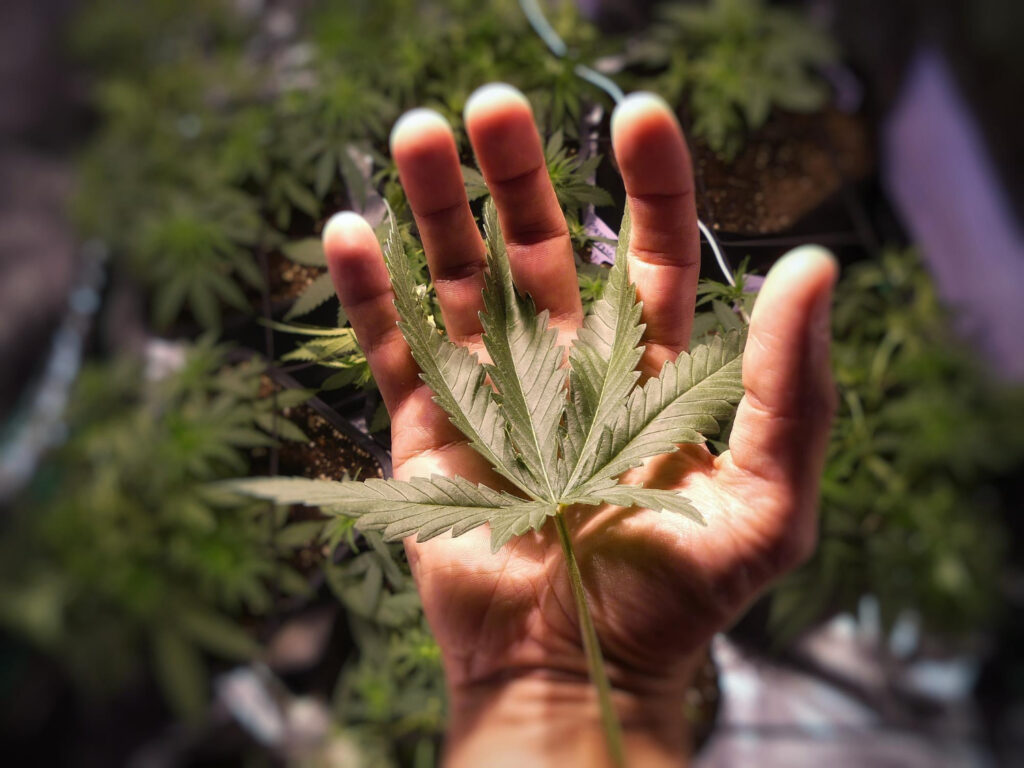
Despite major progress, medical cannabis legalization in 2025 still faces challenges. International regulations remain inconsistent, creating barriers for global supply chains and patient travel. Some countries maintain restrictive THC limits or narrow lists of qualifying conditions, limiting treatment access. In developing markets, quality control remains a concern, with regulators working to prevent contamination and ensure potency accuracy. Affordability is also an ongoing issue, as high production costs can price out many patients. Addressing these obstacles will require continued collaboration between governments, healthcare providers, and industry stakeholders. Looking ahead, the trend toward broader legalization is unlikely to reverse, with more countries expected to adopt comprehensive frameworks in the coming years. As these systems mature, the focus will shift toward refining policies, improving patient outcomes, and fostering international cooperation to create a truly global standard for medical cannabis access and safety.
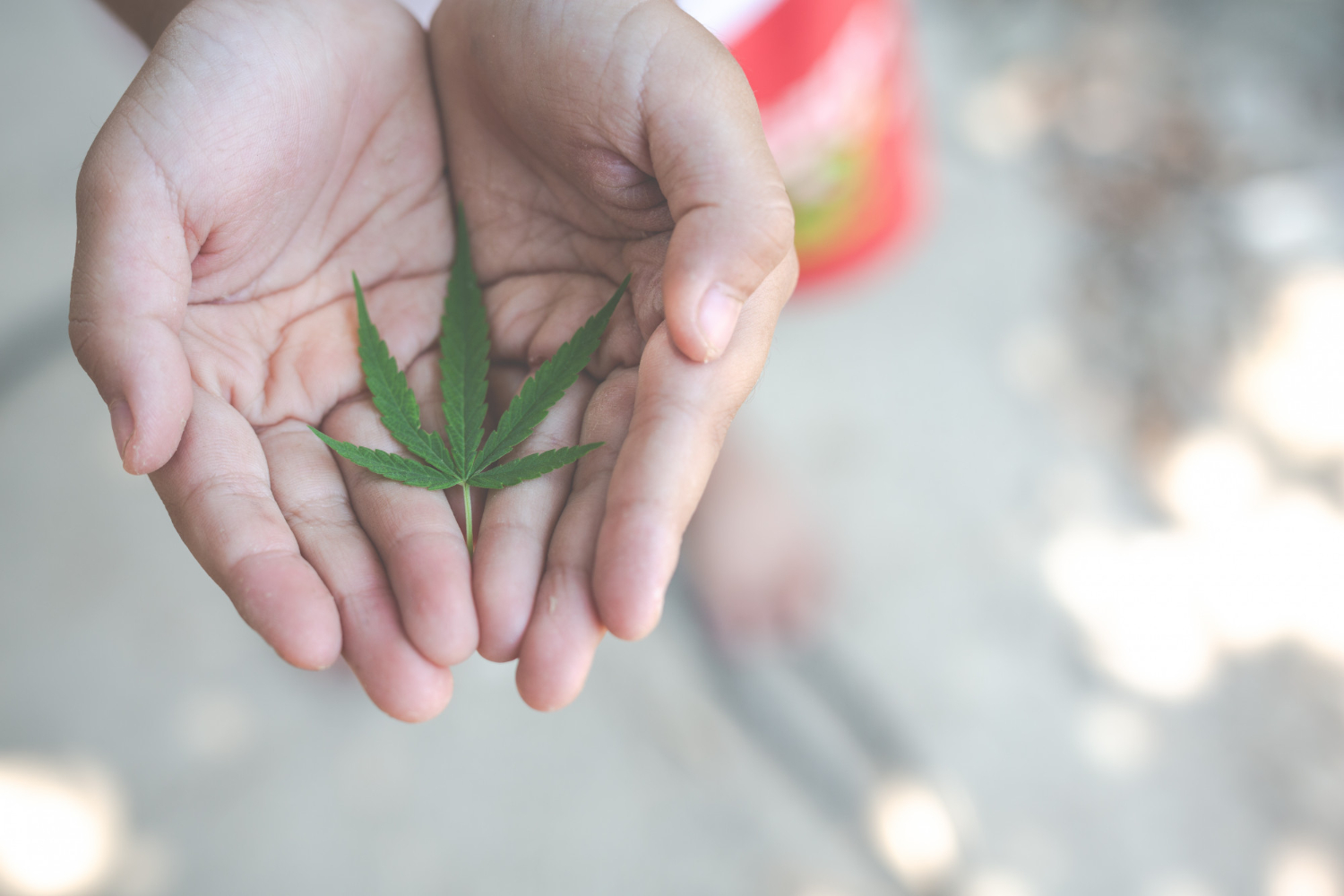


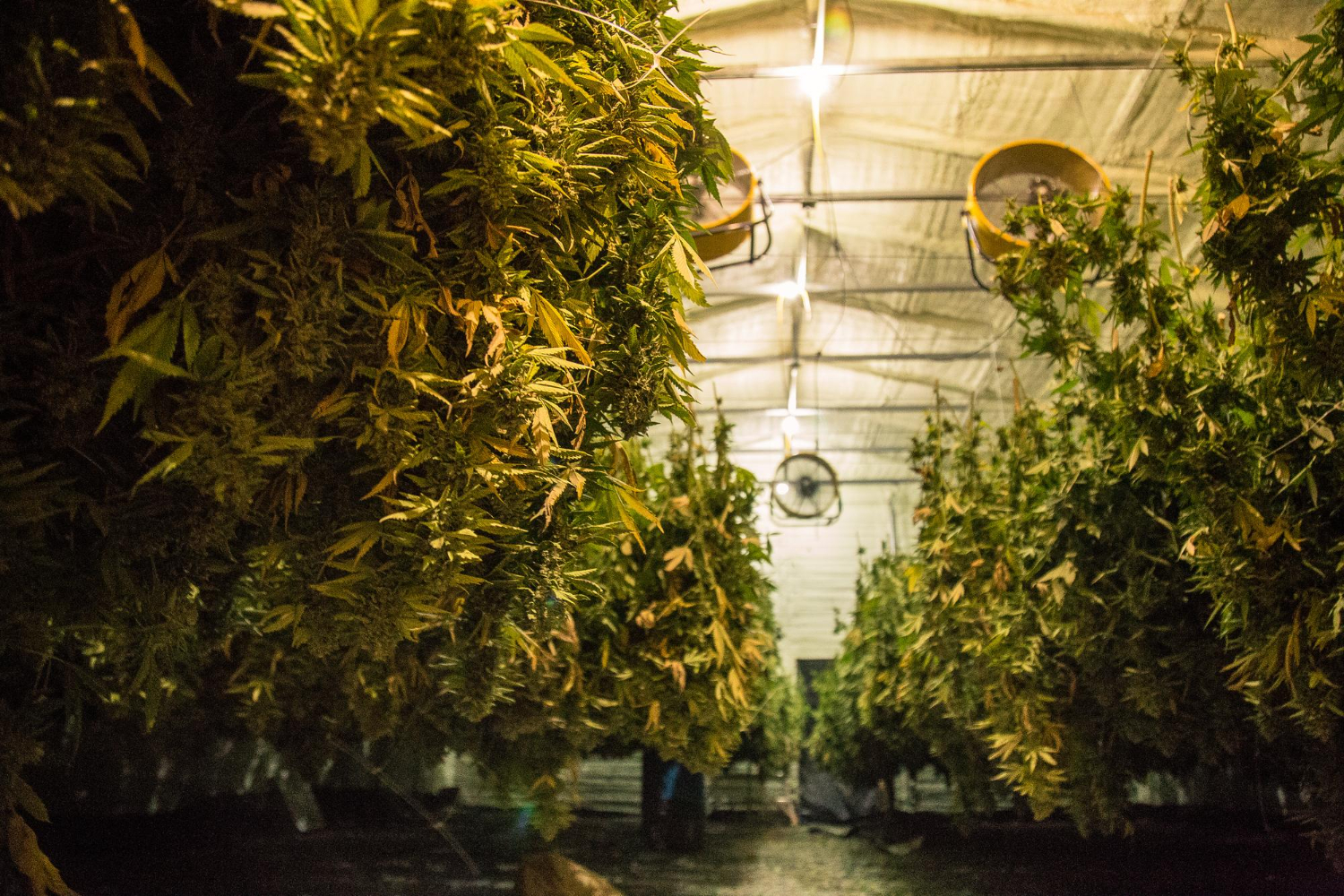
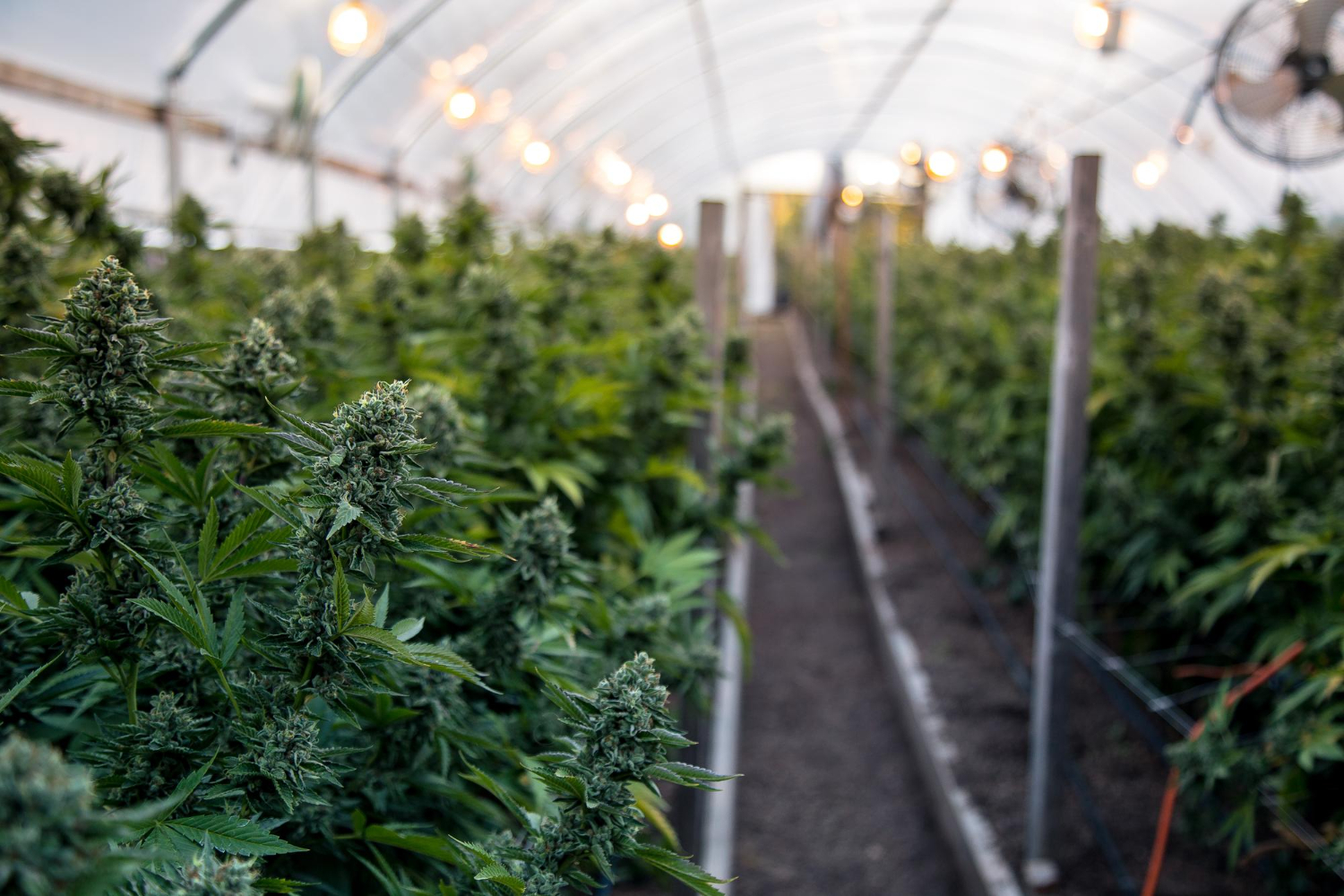

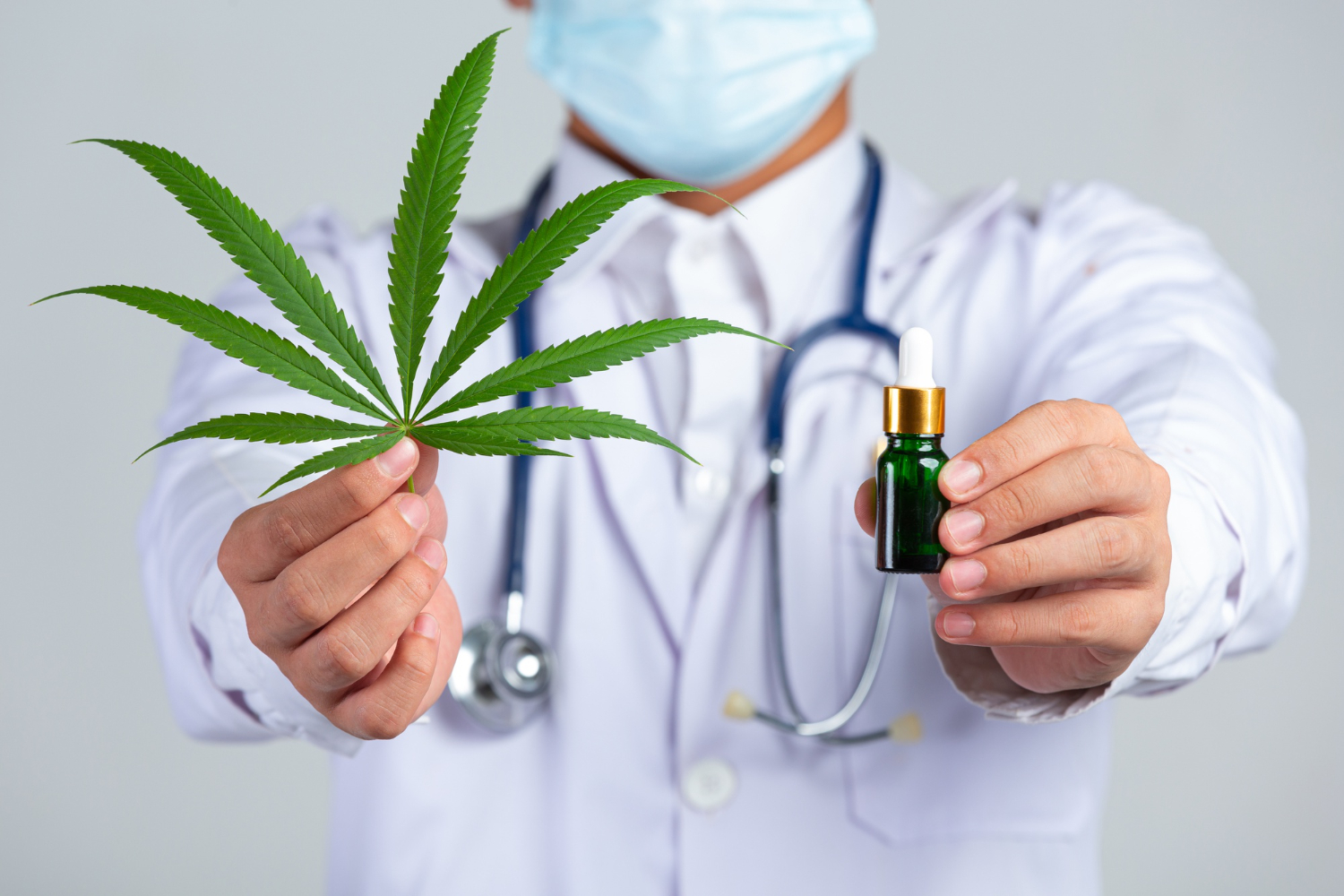
Leave a Reply